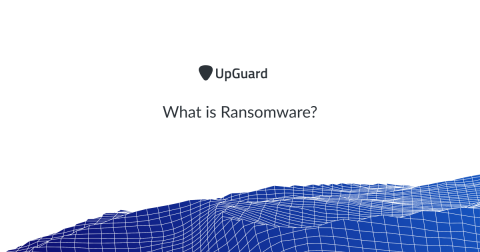Why security monitoring falls short and what can be done about it
There are parts of every business considered to be critical to its ability to function. Email, accounting, and customer service are a few. Indeed, if email went down, accounts receivable stopped, or customers couldn’t talk to anyone, the business would suffer. There is another critical function of business that isn’t widely viewed as such: security monitoring.









